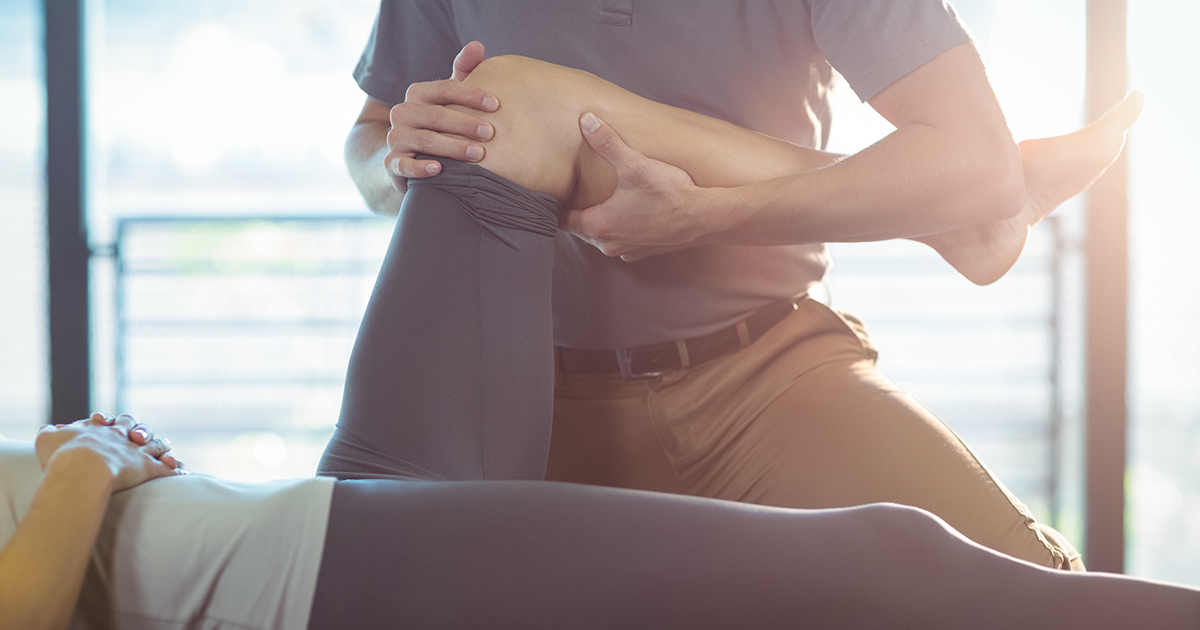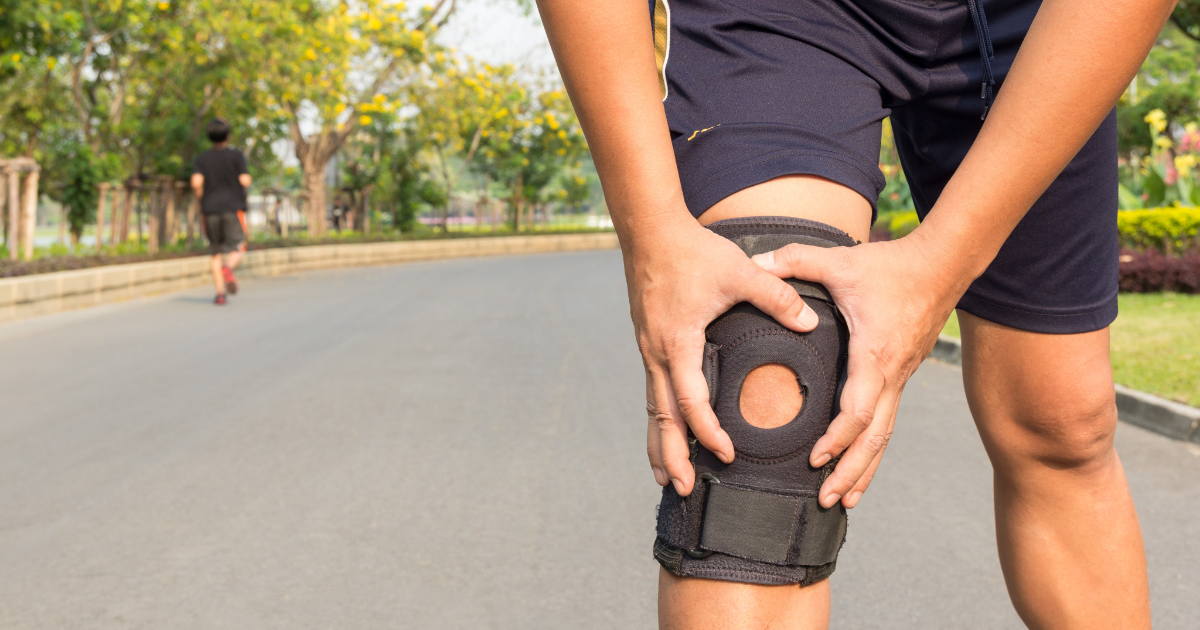Treating And Recovering From A Torn ACL
A torn anterior cruciate ligament (ACL) is an injury that commonly affects athletes who participate in any sport or physical activity involving a lot of sudden stops, pivoting, or jumping. These movements can cause damage to the ACL because of stress on the knee. The anterior cruciate ligament is the strong band of tissue located in the knee that connects the shinbone to the thighbone. There’s usually a popping sensation when the ligament tears, followed by pain and swelling. It may be difficult to put weight on the affected knee without a feeling of instability. Women have a higher risk of experiencing ACL injuries but strengthening the muscles of the legs, hips, and lower torso may reduce this risk. Complications of an ACL tear include knee osteoarthritis. Recovery from ACL surgery can take up to six months and an additional three months to resume physically demanding sports and activities. Get to know tips on treating and recovering from a torn ACL now.
Physical Therapy

This form of therapy is usually prescribed after anterior cruciate ligament surgery, and it's an important part of recovery. A physical therapist will help patients rehabilitate their injured leg with a series of exercises. This type of therapy is also beneficial before surgery to maintain muscle tone in the quadriceps and minimize a loss of range of motion in the affected area. Physical therapy is required after the ACL reconstruction, and a therapist will show patients how to do the necessary exercises while they are recovering. The exercises performed in the first few weeks should increase the range of motion in the knee area without disturbing the reconstruction. A graft is used to reconstruct the anterior cruciate ligament, so knee movement has to be very controlled to avoid ripping the graft. It needs time to heal in place, even though the knee has to be rehabbed. The aim of selected exercises for the beginning weeks is the full extension of the knee and bends at a ninety-degree angle.
Uncover more methods of treating and recovering from a torn ACL now.
Knee Braces And Supports

Knees braces and supports are very important to stabilize the knee and the grafted ACL throughout the rehabilitation process. Knee braces have settings, and they are positioned to hold everything in place, and the knee will only move as far as the settings allow. Some patients continue wearing knee braces after the injury is completely healed to provide added protection and decrease the risk of re-injury, especially athletes who resume sporting activities. Knee braces and supports like crutches and support stockings are an integral part of the healing process.
Crutches will be needed when you patients return home. They are used to take the weight off the knee while it heals. Some patients are able to put their full weight on the surgically repaired knee without crutches within two to three weeks after surgery. Patients who had work done on their knee in addition to an ACL reconstruction usually need four to eight weeks to be rid of crutches. Another support used during recovery and rehabilitation is special support stockings, which help keep the blood flowing in the leg, ankle, and foot. They also contribute to lowering the patient's risk of blood clots.
Read about the most common surgery used to treat a torn ACL now.
